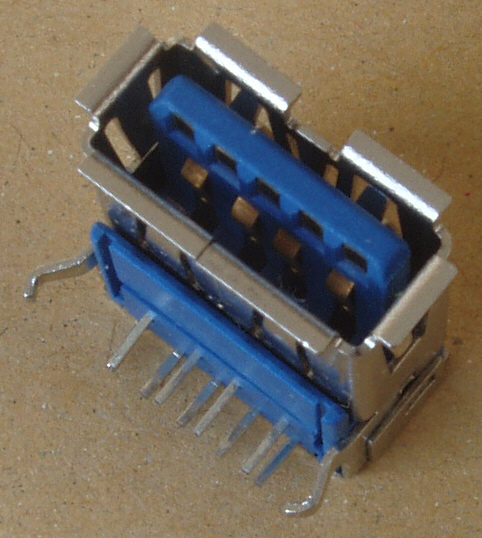Greetings all,
I have been trying to get my install to work for over a week with no joy. I have a motherboard with 6 SATA inputs, all used by data drives. I tried installing on CF card that works well, but no good for OMV. Then I tried installing to an actuall SSD drive, however, it is connected via the USB3 port on the back of the motherboard. This is not a flash drive (thumb drive, etc). It is a 2.5inch SSD attached.
During install I have booted from an actual thumb drive, and it sees the drive. The install starts, however it fails at different stages every time. There is no getting it to complete. If I try and go back it says no root OS found.
The reason I want to use OMV is the ability to add drives (excludes ZFS), and it doesn't rely on btrfs.
I got it running in a VM and I really liked it, but no matter what I do, it just won't finish.
The install connects to the network, the name and IP are perfect. I have formatted the drive multiple times (after each failure actually). I have tried formatting it in NTFS, ext2, ext4. It appeared as a CD-ROM a few times, that was fixed.
I know that this project does not recommend thumb drives, but as I said, this an externally mounted SSD. I am guessing the problem is connected to that.
My last failed installed was at 98% Configuring console-setup (amd-64)
Any ideas?
Any info I can share to help?
Motherboard is an ASUS Z871-Deluxe, 16MB.
SSD is a 120GB Crucial
Thank you so much in advance!
Dr951

